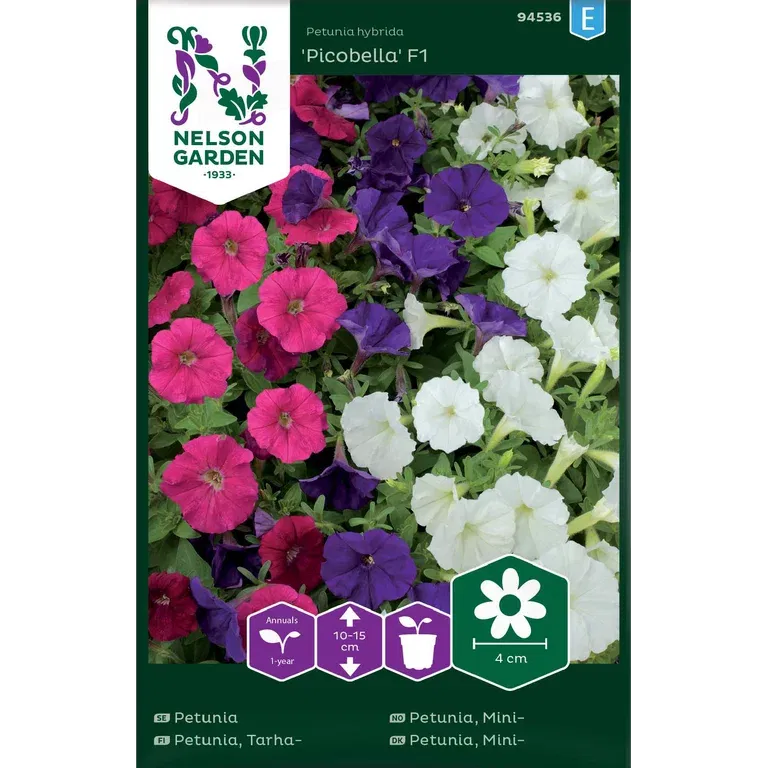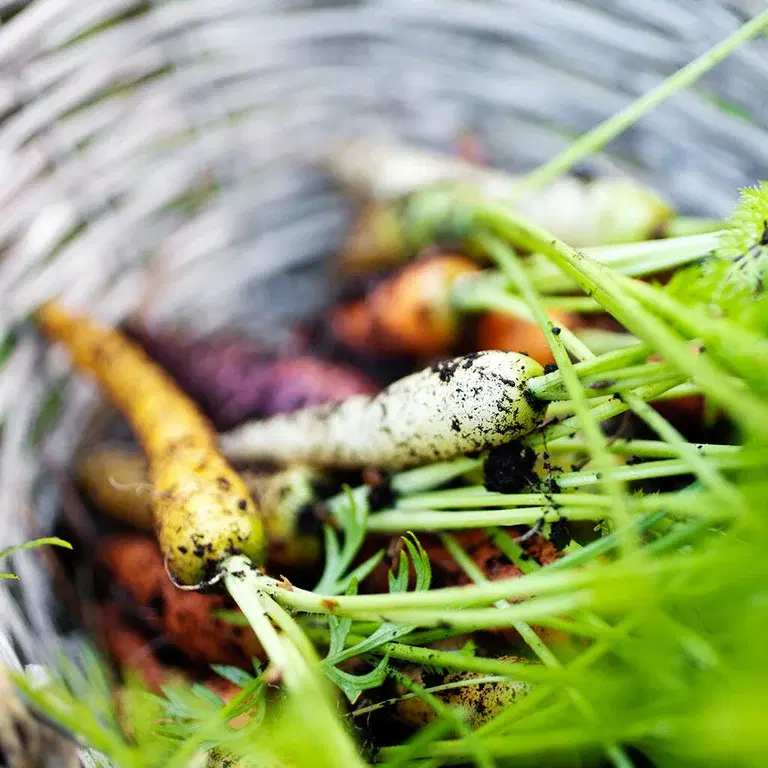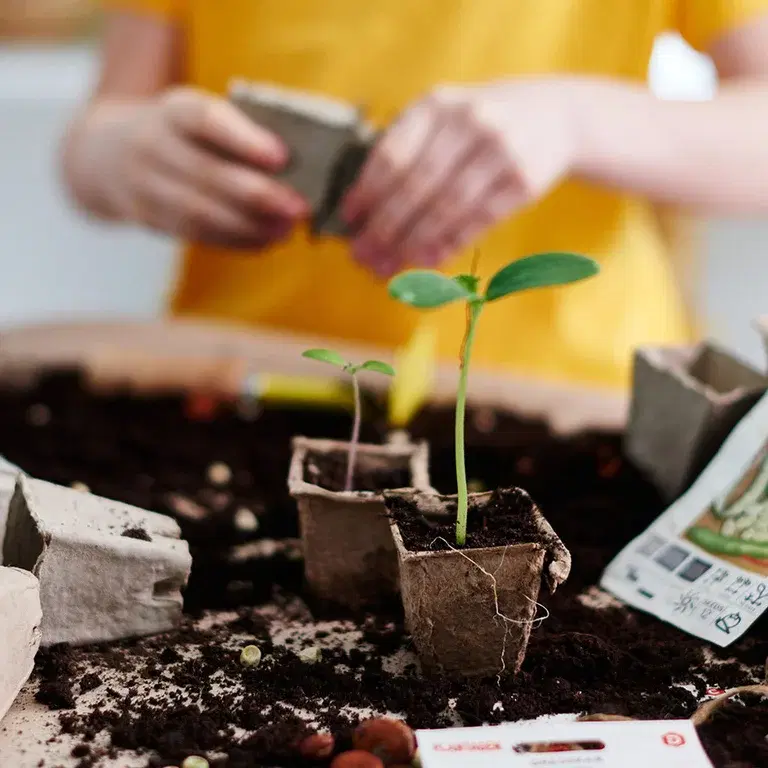This is how you get difficult seeds to germinate.
Grow your own
Some seeds may be more difficult to germinate than others. Some may need to be cooled for a period, soaked or even lightly filed with a nail file before they sprout. Here are the tips you need to succeed with even the most stubborn seeds.



Written by Liselotte Roll
Swedish garden inspirer, journalist and author of books about nature, cultivation and animals, such as "Soil", "Grow for insects" and "Chickens as a hobby".
Topics:
Grow your own












